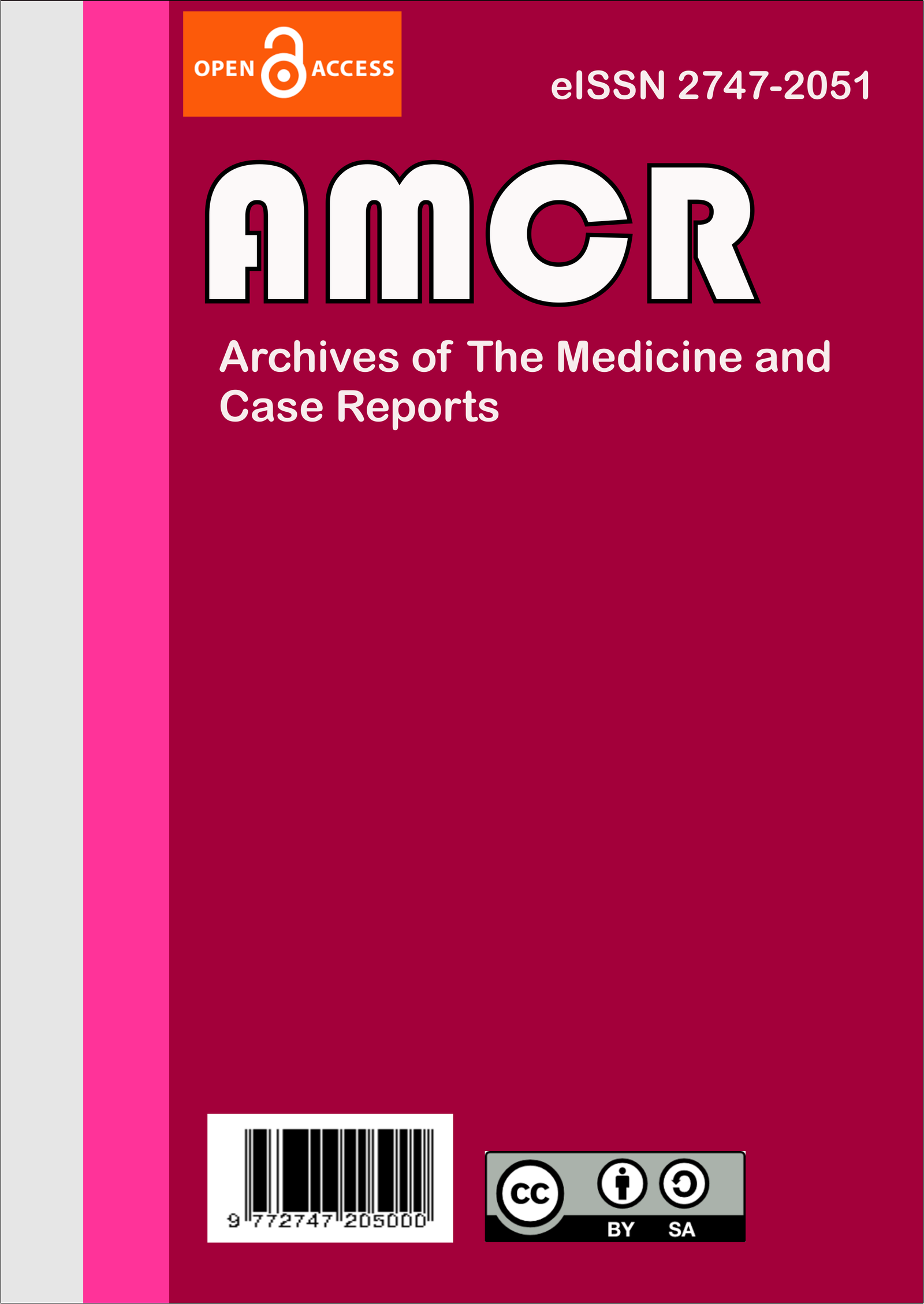Main Article Content
Abstract
Diabetic macular edema (DME), particularly central-involving DME (CI-DME), represents a primary cause of significant vision impairment among individuals afflicted with diabetic retinopathy (DR). The progression from non-proliferative diabetic retinopathy (NPDR) stages can be complicated by the development of CI-DME, which mandates prompt and effective intervention to preserve visual function. Intravitreal anti-vascular endothelial growth factor (anti-VEGF) agents have emerged as the definitive first-line therapeutic strategy for CI-DME, demonstrating considerable efficacy in reducing macular thickness and enhancing visual acuity outcomes. This report provides a detailed account of the successful clinical management of a patient presenting with moderate NPDR and concurrent CI-DME, utilizing a regimen of sequential intravitreal anti-VEGF injections. A 58-year-old female patient, with an established 3-year history of both type 2 diabetes mellitus and systemic hypertension, presented with a chief complaint of progressively deteriorating vision in her right eye (OD) over the preceding two-month period. Her pertinent ophthalmic history included cataract extraction with intraocular lens implantation OD performed three months prior, followed by an initial anti-VEGF injection administered OD one month before the current evaluation. Upon examination, her best-corrected visual acuity OD was measured at 4/60. Dilated funduscopic examination of the right eye revealed retinal findings characteristic of moderate NPDR, specifically the presence of microaneurysms distributed across two retinal quadrants and discernible venous beading within one quadrant. Optical Coherence Tomography (OCT) imaging objectively confirmed the diagnosis of CI-DME, demonstrating a central subfield thickness (CST) of 376 µm accompanied by evident intraretinal hyporeflective spaces indicative of fluid accumulation. The patient subsequently received sequential intravitreal injections of Ranibizumab 0.5mg. Following the second injection, a follow-up assessment conducted at three weeks revealed a notable improvement in visual acuity to 6/30 OD, corroborated by anatomical improvement observed on OCT, which showed a discernible reduction in intraretinal fluid. Consequently, planning for a third intravitreal injection was initiated. In conclusion, the administration of sequential intravitreal anti-VEGF therapy, specifically Ranibizumab in this patient's course, proved demonstrably effective in the management of CI-DME within the context of moderate NPDR. This intervention resulted in both clinically meaningful functional vision improvement and objective anatomical reduction of macular edema. This case serves to underscore the paramount importance of anti-VEGF agents as a foundational management strategy for CI-DME. Optimal patient outcomes are contingent upon meticulous patient selection, diligent and ongoing management of systemic comorbidities, particularly diabetes and hypertension, and adherence to a regular follow-up schedule.
Keywords
Article Details
Archives of The Medicine and Case Reports (AMCR) allow the author(s) to hold the copyright without restrictions and allow the author(s) to retain publishing rights without restrictions, also the owner of the commercial rights to the article is the author.





